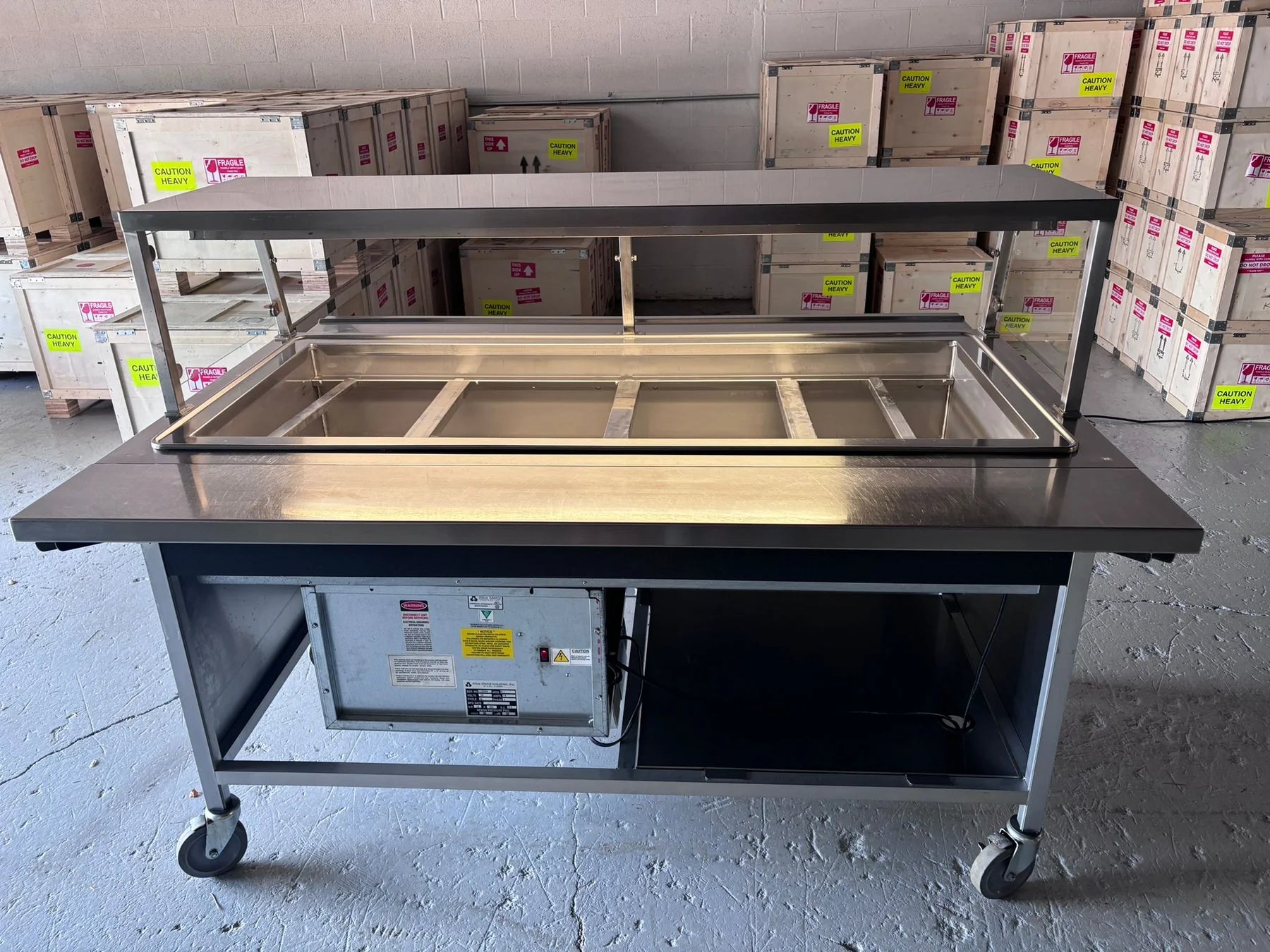Impact of Coffee Tourism on Local Economies
Coffee tourism, also known as agro-tourism or farm-based tourism, has grown significantly in recent years, contributing positively to the local economies of coffee-producing regions. It involves visitors traveling to coffee-growing areas to experience coffee production, from farm visits and cupping sessions to interacting with farmers. This form of tourism not only provides economic benefits but also fosters cultural exchange, supports environmental sustainability, and promotes education on sustainable agriculture.
1. Economic Diversification
For many rural communities dependent on coffee farming, tourism provides a much-needed diversification of income. Traditionally, coffee farmers are at the mercy of volatile commodity prices, weather changes, and market fluctuations. By opening their farms to tourists, they create additional revenue streams that reduce their reliance on coffee as a singular product. This diversification helps stabilize the local economy, especially in off-seasons when coffee production is lower.
In Costa Rica, for example, coffee farms have diversified into tourism activities, offering guided tours, tastings, and farm stays. Such initiatives allow farmers to charge for experiences, and in some cases, sell coffee and other products directly to consumers at premium prices. The World Tourism Organization reports that such diversification has contributed to increased revenues in the coffee-growing regions of Central America .
2. Job Creation and Community Development
Coffee tourism has a significant multiplier effect, creating jobs not only on coffee farms but also in the wider community. The demand for tour guides, hospitality workers, and local artisans rises with increased tourist footfall. Additionally, local infrastructure such as roads, transport, and communication services often sees improvements to accommodate visitors.
In Ethiopia, for example, coffee tourism has become an emerging sector. Tourists visit the birthplace of Arabica coffee in regions like Yirgacheffe and Sidamo, boosting local businesses such as restaurants, hotels, and transport services. These developments often lead to broader community benefits, as revenue from tourism supports local schools, healthcare services, and environmental conservation projects .
3. Cultural Exchange and Education
Coffee tourism fosters cultural exchange between visitors and local coffee-growing communities. Tourists not only experience the intricate process of coffee cultivation but also learn about the rich traditions and history behind coffee production. This cultural interaction can create a more sustainable demand for specialty coffee, as tourists return home with a greater appreciation for high-quality coffee and the labor behind it.
In Colombia, coffee tourism has helped change perceptions of the country. Once associated with negative stereotypes due to political unrest, the country is now recognized for its rich coffee culture. Tourism has played a pivotal role in this shift, particularly in the "Coffee Cultural Landscape" (a UNESCO World Heritage Site), where visitors learn about coffee’s role in the local way of life. This has also led to a rise in the consumption of Colombian coffee globally .
4. Environmental Sustainability and Conservation
Many coffee farms involved in tourism also emphasize the importance of sustainability. Coffee tours often highlight organic farming practices, agroforestry, and water conservation techniques. Tourists, especially those interested in sustainability, are likely to support farms that engage in environmentally friendly practices.
Rwanda’s coffee tourism sector integrates sustainability into its tours, where farms not only show their coffee-growing methods but also promote eco-tourism by showcasing biodiversity and forest conservation projects. Tourists visiting these farms are educated on the environmental challenges coffee producers face and the ways in which sustainable practices can mitigate those issues .
5. Direct Trade and Market Access
Coffee tourism can also facilitate direct trade between farmers and consumers. When tourists visit farms, they often purchase coffee directly from the producers, sometimes even forming long-term relationships that result in consistent, higher-priced purchases. This can eliminate intermediaries and ensure that a larger portion of the sale price goes directly to the farmer.
In Peru, for instance, tourists visiting coffee farms in regions like the Sacred Valley or the Chanchamayo region often buy coffee directly from the growers, bypassing export markets. This direct trade results in better prices for the farmers and a more transparent supply chain .
Challenges and Considerations
While coffee tourism brings numerous benefits, there are challenges that need to be addressed for it to be sustainable and inclusive. One major concern is that tourism development could lead to the over-commercialization of coffee farms, diverting focus from quality production and turning them into mere tourist attractions. Additionally, the influx of tourists can strain local resources, lead to environmental degradation if not managed properly, and increase living costs for local communities.
It is crucial that coffee tourism initiatives focus on sustainability, fair labor practices, and equitable distribution of income. Governments and NGOs can play a vital role by supporting local communities with the training and resources they need to manage tourism while maintaining the integrity of their coffee farms.
Conclusion
Coffee tourism has proven to be a powerful tool for economic development in coffee-producing regions. It offers farmers a chance to diversify their income, creates jobs, promotes environmental sustainability, and fosters cultural exchange. However, for coffee tourism to continue benefiting local economies, it must be carefully managed to ensure that it remains sustainable and inclusive. With proper support and oversight, coffee tourism can provide long-term economic and social benefits to coffee-growing communities worldwide.


















